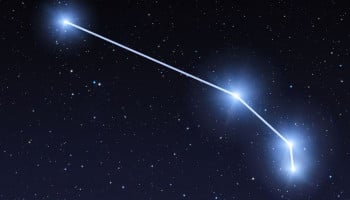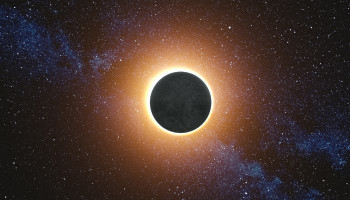
A new object in the Milky Way — which is apparently lighter than the lightest known black holes but heavier than the heaviest neutron stars — has been discovered by astronomers.
BBC reported that researchers in Manchester and Germany discovered this object while circling a millisecond pulsar 40,000 light years away.
It should be noted that pulsars that spin in milliseconds do so at hundreds of rotations per second.
Terming is “exciting”, Astrophysics professor at the University of Manchester, Ben Stappers, said: “A pulsar-black hole system will be an important target for testing theories of gravity and a heavy neutron star will provide new insights in nuclear physics at very high densities."
According to the researchers of the Max Planck Institute for Radio Astronomy in Bonn and the University of Manchester, it may be the first detection of a radio pulsar-black hole binary.
Such a pairing might lead to fresh tests of Einstein's general relativity and provide new insights into the study of black holes.
It was further learnt that a neutron star, which is the extremely dense remnant of a dead star, will collapse if it gains too much mass.
There's a lot of conjecture about what they become after this, but one possibility is that they turn into black holes.















